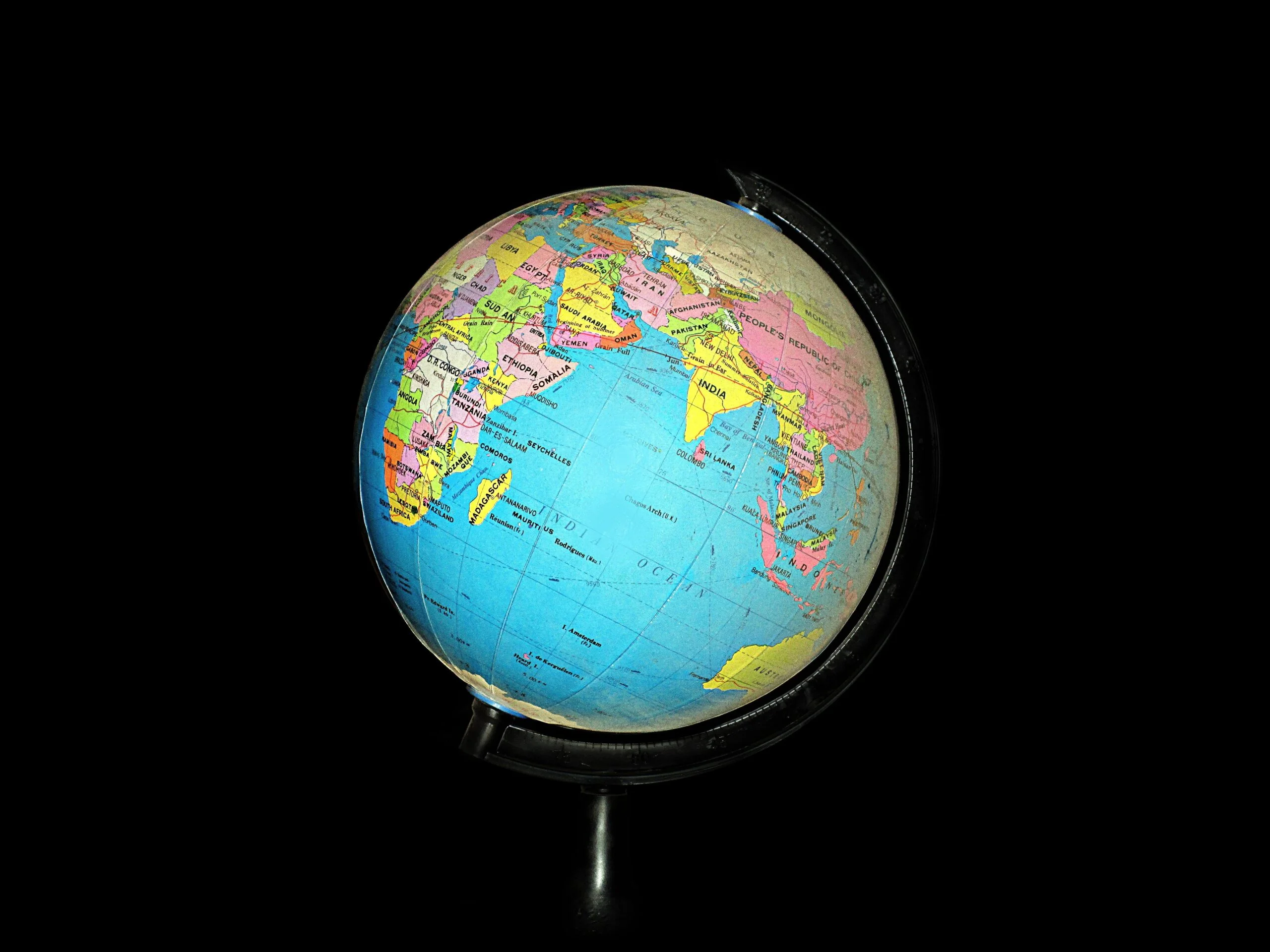 While many first-time indie authors, and more seasoned ones who have been happy with their sales on Amazon, may opt for exclusive publication via CreateSpace for print and Kindle for ebooks, more and more authors are “going wide” i.e. seeking broader distribution through other channels.
While many first-time indie authors, and more seasoned ones who have been happy with their sales on Amazon, may opt for exclusive publication via CreateSpace for print and Kindle for ebooks, more and more authors are “going wide” i.e. seeking broader distribution through other channels.

US indie author of fantasy novels Karen Myers shares her checklist for “going wide” (Photo by Sarah Dane)
“I want to create my books, and then fling them out to as much of the world as I can reach,” says US fantasy novelist Karen Myers. “That’s the first step. What good is it to make the world’s readers want to read them, if they can’t lay their hands on them? My goal is worldwide distribution, in English for now, in ebook, print, and audio, without going to extraordinary efforts.”
She kindly shares her handy action checklist with us today, to help you get your books in the hands of as many readers as possible.
“I believe in doing as much of the materials creation as I can,” says Karen, “but for what follows it doesn’t matter where the finished materials come from, as long as you’ve got them.”
1) Get your materials organised
- Before starting distribution, make all the sizes of cover required for the various distributors and for your websites
- Create .epub and .mobi files EPUB and MOBI files
- Assign ISBNs to each format
- Create print editions for both CreateSpace and Ingram (more on that below) with identical content files, but slightly different covers to accommodate different spine widths for different paper stocks, and an LCCN (Library of Congress Control Number) for the copyright page
- Create or commission any audiobooks (Karen has one so far, narrated by herself, using a professional music studio to create both MP3 and CD files)
- Produce the book’s description in long, medium, and short forms
- Have author photos and bio ready to use
2) Print editions
- Create and proof the interior for two distribution services: CreateSpace is the best POD (Print on Demand) provider for Amazon and Ingram (either LSI or Spark) is the conventional POD choice for everywhere else
- Ditto re cover treatments – CMYK for Ingram, RGB for CreateSpace
- Allow for lead time to check printed proofs – just using the digital proofers is not enough, and until you approve the proofs, the books won’t be distributed.
- Monitor distribution: For CreateSpace, check all the top Amazon country sites to confirm that the print and ebook editions are merged after a few days by Amazon. Initial distribution only takes a day or two, but cleaning up the merged editions can sometimes take a while. With Ingram, look for your book to appear in downstream retailers or distributors. This can take several days.
3a) Ebook editions – Direct
- If selling direct from your own ecommerce site, upload there to ensure your web page for the new book is complete before it goes live elsewhere
- On the publication date, upload to Amazon (wide, not KDP Select or KU), Barnes & Noble, Kobo, Smashwords or Draft2Digital. If you can, also upload directly to Apple iBooks and Google Play, but the former is is tricky without a Mac so go indirectly (see 3b below)
- Check all the sites to make sure the book appears with a properly formatted description, sorted into the appropriate series, and merged with print editions (Amazon, Barnes & Noble), etc.
3b) Ebook editions – Indirect
- Ebookpartnership.com – use them to solve the iBooks and Google Play issues and to reach libraries, though too expensive for short stories since they're paid by title listed not by unit royalty
- Smashwords – use them for the small number of sometimes experimental channels not covered by Ebookpartnership.com or PublishDrive
- Draft2Digital -a good alternative to Smashwords
- Ingram Spark – use for short stories
- PublishDrive – use for European retailers not covered by Ebookpartnership
- Monitoring: watch for the book to appear on Google Play and iBooks, and check channel delivery reports from the various distributors
4) Audio editions
- Upload to AuthorsRepublic, a relatively new distributor for audio produced outside ACX with several downstream partners, including Audible and Apple iBooks, and a decent setup on their site for monitoring their distribution
- Check Audible, Amazon, and Apple iBooks until the edition shows up on their sites
Summary
Karen Myers sums up the global reach achieved in this way.
The above plan covers a fair part of the world, especially considering that Amazon, Apple and Kobo have many countries each, and distributors like Ingram & PublishDrive & Ebookpartnership have a hundred or more partners. What’s the count?
- Print – 2 POD creators/distributors
- Ebook – 1 for direct ecommerce, 4 direct (5, if I had a Mac)
- Ebook – 3 for indirect distribution (Smashwords already counted above)
- Audio – 1 for indirect distribution
That’s 11 organizations that I need to touch when I distribute a new release, and whose sales and payments I need to track and monitor. Many of them are low volume, but it’s early days yet in the indie world.
Not bad, to give a one-author shop a global reach.
You'll find a more detailed version of this post on Karen Myers' website here.
OVER TO YOU Karen Myers's recommendations are from the perspective of a US-based author. If you'd like to suggest additions to her list, please join the conversation via a comment.
RELATED POSTS





[…] Source: Distribution: Getting Global Reach for your Self-published Books […]
Thank you a thousand times, Karen. I have been going back and forth with CreateSpace on all kinds of issues of how to have my cover re-done, order hardcovers and have the size of my print paperbacks different sizes, etc. You have supplied me with so many answers! For once, I’m in the right space at the right time. Thank you again and have a great day.
[…] Read more here. […]
Very impressive. Bookmarked. 🙂
great article so helpful thanks
Thank you for all the information. I have a question about the Library of Congress numbers in the US. Do they work for libraries internationally? We’re starting an international children’s book series featuring children with special needs from different countries. I want to be sure the books will be accepted into libraries around the globe.
“Library of Congress” has nothing to do with libraries in general. It’s just the “library of national record” for the USA.
The Library of Congress numbers is a permanent archival reference. They may or may not ever flesh out a catalogue card for it, but a USA library will typically contact them for the bibliographic card (if it exists) for use in their own library’s records. (And the contact may spur the creation of the bibliographic card).
Other countries will probably just ignore that. (I suppose a foreign library might contact them, but I don’t know if that’s done (I doubt it), and the bibliographic card would be in English anyway.
More detailed information on how bibliographic information works. http://hollowlands.com/2017/02/world-deep-metadata-books-lccn-pcip-marc-isni-istc-oclc/
Great to get feedback from outside my US world, and the UK world of many of our readers. Thanks!
A great list, Karen.
I’d be inclined to add StreetLib, based in Italy but English-language, that has probably the best distribution of all the easy-access aggregators.
StreetLib are also currently the only upload option available to indie authors where we can list at $0.00 on Amazon without being in KDP Select or being price-,matched.
For indies thinking staying in Select will be almost as good because of Amazon’s international reach, a few things to bear in mind.
Amazon may have a dozen or so Kindle stores, but for the rest of the world Amazon either surcharges readers or blocks downloads completely.
I live in West Africa and cannot even buy my own ebooks on Amazon from here without a pre-existing UK account. Much of Asia is similarly blocked by Amazon, no mater how many of those country boxes in the KDP dashboard we have ticked.
In the countries where Amazon does allow downloads, if they are not part of the Kindle stores zone (South Africa for example) then the reader will be surcharged anything from $2 to $4 per sale, none of which goes to the author.
But using Amazon (through KDP or using a third party like StreetLib or Ebook Partnership) as part of a wider global strategy is a great way to ensure maximum access to the world’s readers.
I’ve just posted today in the International Indie Author Facebook Group about the opportunities unfolding in Myanmar. – https://www.facebook.com/groups/441469159372773/permalink/548980845288270/
I appreciate your information on StreetLib as I want to reach markets in Africa, India and Asia with ebooks and print books. I studied their website. Would I want to duplicate what I’m doing with Lightening Source/Ingram Sparks with them? I see they are now in the US.
Thanks!
I don’t know StreetLib at all. Looking now… 🙂
I really like StreetLib. I originally joined mainly to get an ebook into OverDrive because Ingram Spark doesn’t have OverDrive on their list. But StreetLib seems fairly far-reaching, and the customer service is friendly (even though English is their second language).
Also, just something to be aware of (though Karen didn’t suggest going this route anyway), Ingram Spark takes 40% of ebook royalties, and they’re a bit under the radar about it, IMHO. I’m now moving the one ebook I have with them over to BookBaby (who also has OverDrive).
I’ll be adding StreetLib to my list.
Current ebook distribution for me:
DIRECT
Amazon, B&N, Kobo, Smashwords (site-only — very few of their channels)
DISTRIBUTORS
PublishDrive, Streetlib
I’ve decided that distributors who won’t let you disable individual channels are just not worth it. That, more than the IngramSpark royalty issue, has caused me to delist there. IngramSpark has unique partners, esp. for non-fiction, but significant expenses.